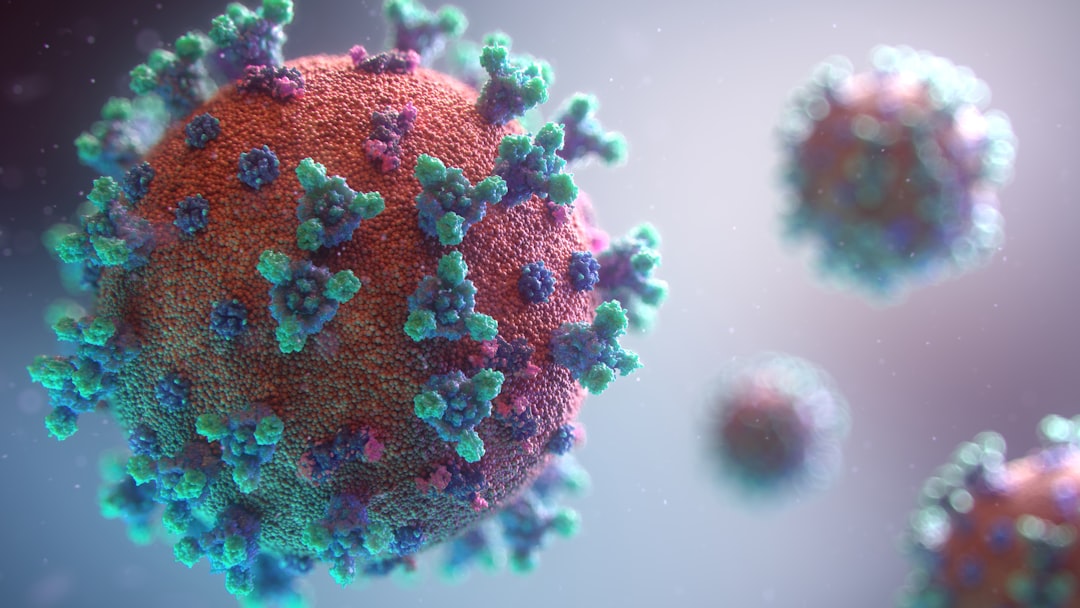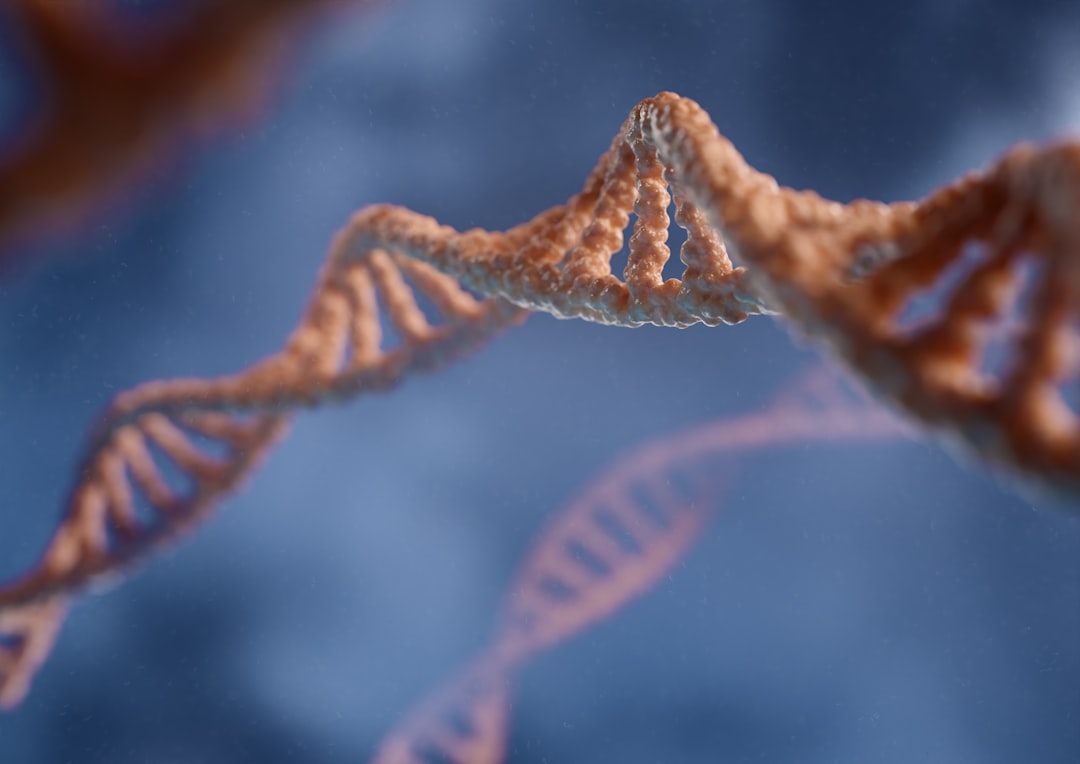What is it about?
Liquid and glassy oxide materials play a vital role in multiple scientific and technological disciplines, but little is known about the part played by oxygen–oxygen interactions in the structural transformations that change their physical properties. Here we show that the coordination number of network-forming structural motifs, which play a key role in defining the topological ordering, can be rationalized in terms of the oxygen-packing fraction over an extensive pressure and temperature range. The result is a structural map for predicting the likely regimes of topological change for a range of oxide materials. This information can be used to forecast when changes may occur to the transport properties and compressibility of, e.g., fluids in planetary interiors, and is a prerequisite for the preparation of new materials following the principles of rational design.
Featured Image

Photo by Héctor J. Rivas on Unsplash
Why is it important?
The structures of liquid and amorphous oxides are difficult to solve because of the complexity of their disordered networks, and the adaptability in size of oxide ions to their coordination environments. Particular difficulty is therefore associated with an identification of generic features associated with structural transformations. This paper adopts an empirical approach to find the oxide ion size, and shows that the network structures of a wide variety of disordered oxides can be categorized in terms of the oxygen-packing fraction over an extensive pressure and temperature range. The packing fraction provides a basis for predicting changes in network structures (e.g., from tetrahedral to octahedral) that will affect material properties such as the compressibility and viscosity.
Perspectives
It is often unappreciated that the size of an oxide ion is defined by the coordination environment in which it sits. We provide a means of finding that size from experimental data, and find that the associated packing of the oxide ions is linked to structural transformations in liquid and amorphous oxides under a wide range of physical conditions. Our approach has recently found applications in rationalising the densification mechanisms in glass.
Professor Philip S Salmon
University of Bath
Read the Original
This page is a summary of: Packing and the structural transformations in liquid and amorphous oxides from ambient to extreme conditions, Proceedings of the National Academy of Sciences, June 2014, Proceedings of the National Academy of Sciences,
DOI: 10.1073/pnas.1405660111.
You can read the full text:
Contributors
The following have contributed to this page










